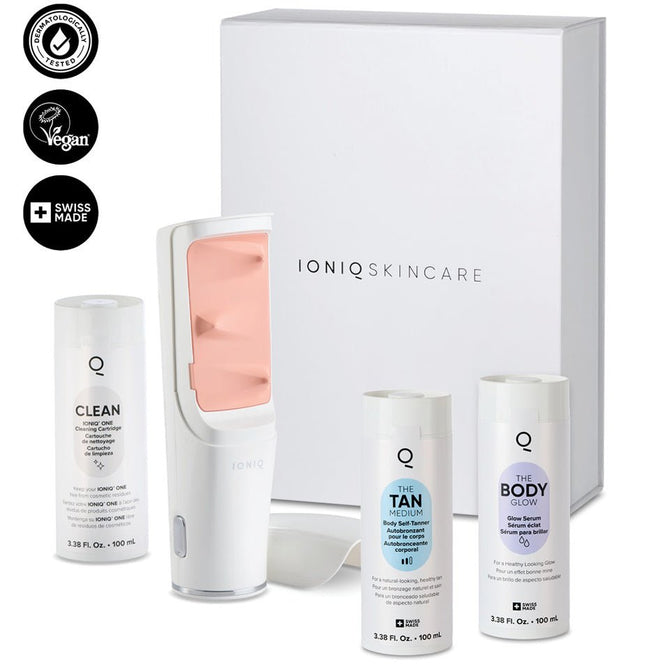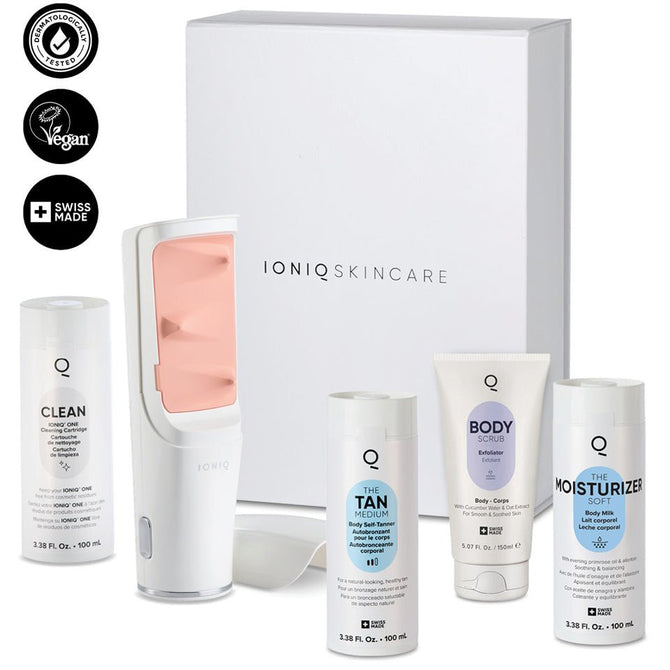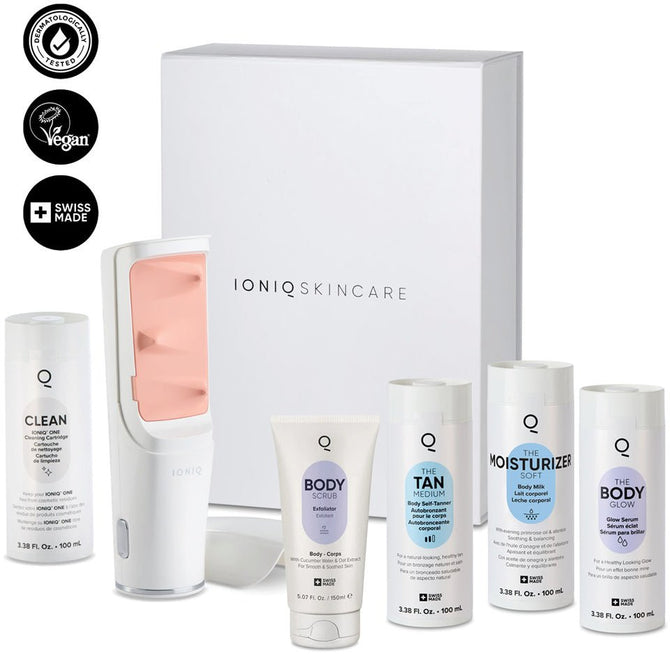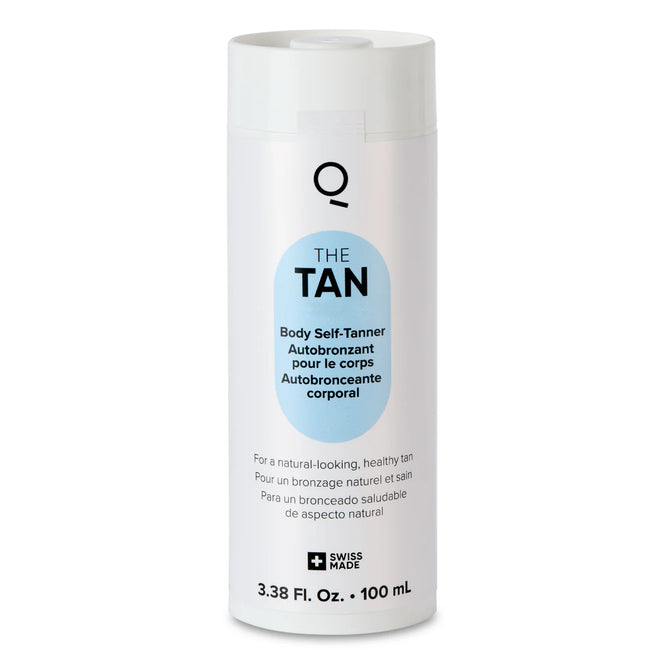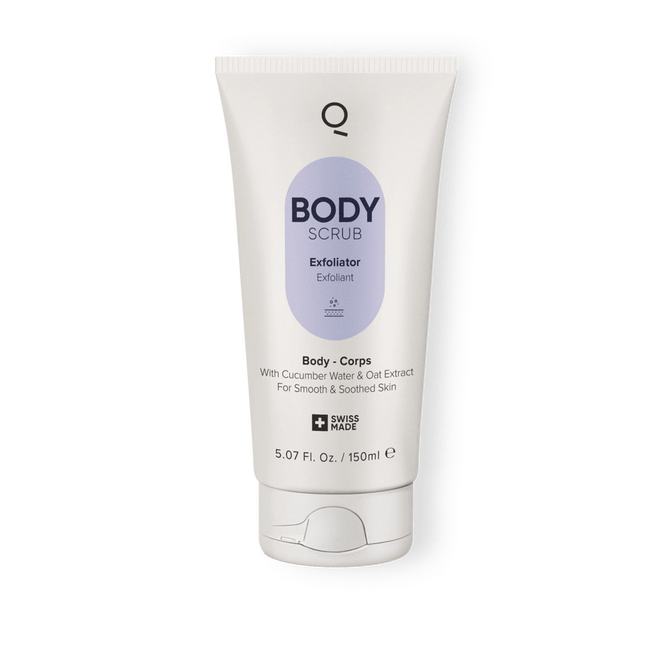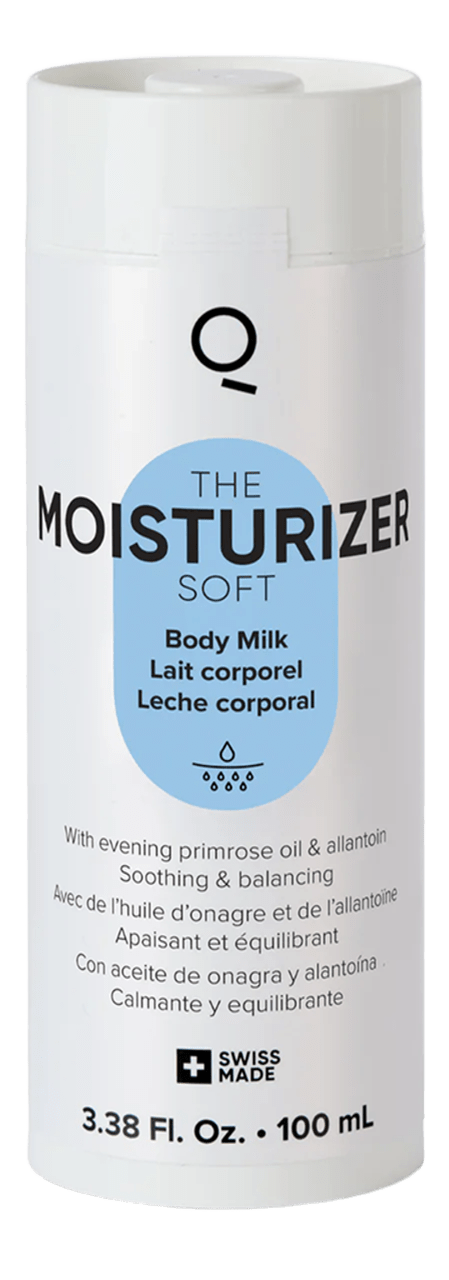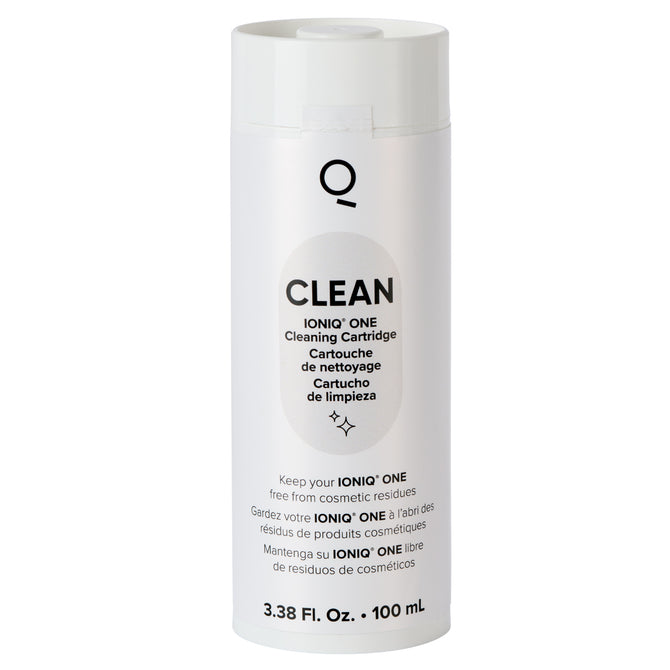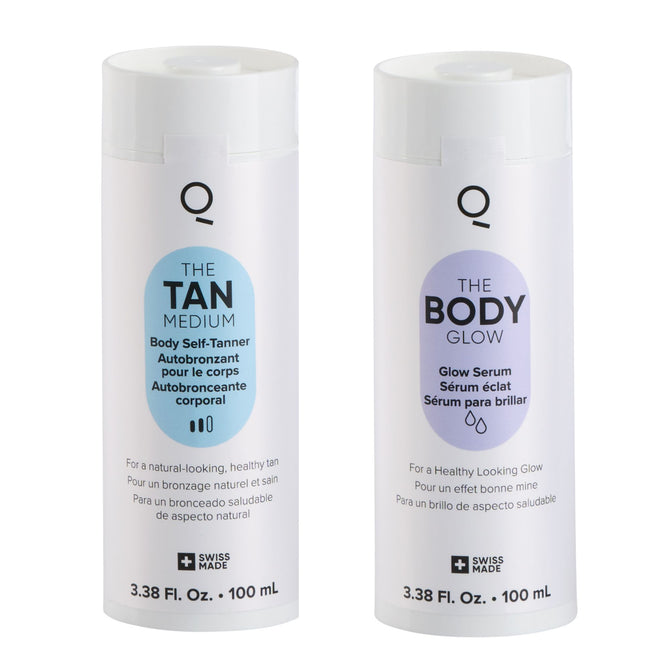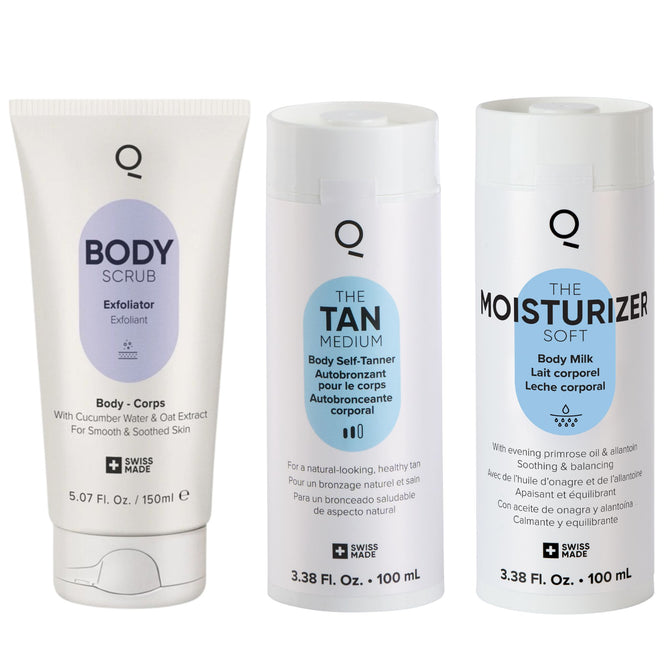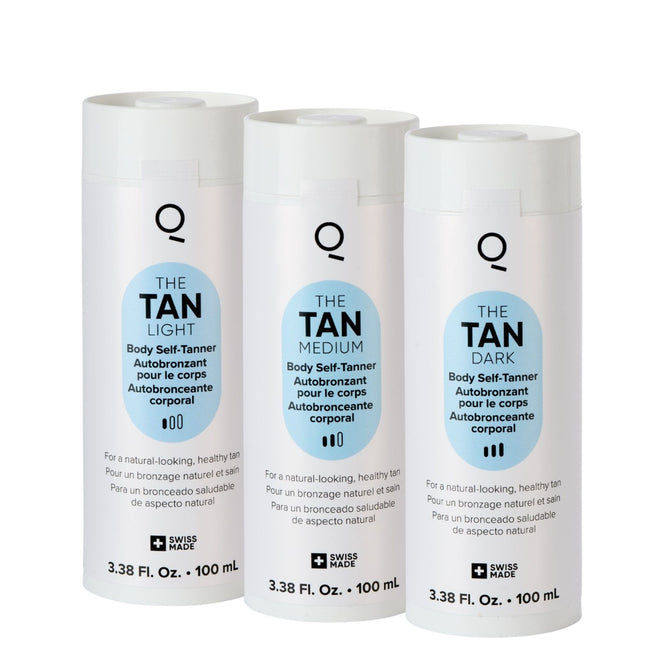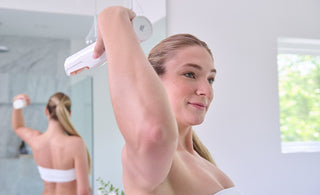
Getting a tan used to mean hours under the sun or trips to the salon. But now there’s a trend that claims you can get bronzed just by drinking a few drops. Tanning drops you drink, also called oral tanning drops or melanin drops for tanning, are popping up on social media and wellness sites, promising a sun-kissed glow from the inside out—no UV exposure, no lotions, no fuss.
But do they actually work? And more importantly, are they safe?
Before you put anything under your tongue in the name of a tan, it’s worth understanding what these drops really are, how they’re supposed to function, and what side effects might come with them. While this trend may sound exciting, there’s a lot going on beneath the surface that most marketing pages won’t tell you.
What Are Tanning Drops You Drink, and How Do They Work?
The rise of edible tanning drops and why they’re trending
Edible tanning drops have taken over TikTok and Instagram with influencers praising their “easy glow.” They’re marketed as a hassle-free way to get tan—just add them to water, hold them under your tongue, or drink them directly, and voilà: a darker complexion with no sun damage.
There are a few reasons why tanning drops you drink are having a moment:
-
They're marketed as “natural” or “plant-based” in many cases.
-
They promise convenience — no streaks, no stains, and no physical application.
-
They suggest a modern, tech-meets-wellness solution for beauty routines.
The idea of drinking your way to a glow sounds easier than applying lotions, dealing with uneven color, or spending hours in the sun. But marketing trends don’t always tell the full story. While edible tanning drops are buzzing on social platforms, medical experts and dermatologists have been slower to endorse them—mainly due to a lack of scientific data.
How melanin drops for tanning claim to darken your skin from the inside
Most melanin drops for tanning claim to work by stimulating your body’s natural melanin production. Melanin is the pigment that gives your skin, hair, and eyes their color. When your body makes more of it, your skin tone can darken—either temporarily or permanently, depending on genetics and sun exposure.
The active ingredients in these oral tanning drops vary by brand, but common ones include:
-
Tyrosine, an amino acid that’s involved in melanin production
-
Copper, a mineral tied to skin pigmentation
-
Other plant-based extracts like carrot oil or beet juice for beta-carotene
Some drops also include synthetic peptides or hormone analogs designed to mimic the body’s own tanning response. This is where things get a little murky. Some of these compounds have been studied in clinical trials, but most oral formulations are unregulated supplements—not medical products. That means dosing, quality, and long-term effects can vary wildly from one brand to another.
Tanning Drops Under Tongue: How Are They Taken?
Why sublingual absorption is marketed as more effective
One of the most common ways to use oral tanning drops is by putting them under your tongue. This is called sublingual administration, and it’s used in medicine for certain fast-acting drugs, like heart medication or vitamin B12. The idea is that placing drops under the tongue allows them to absorb more quickly into your bloodstream—bypassing the digestive system entirely.
In theory, this makes the ingredients in tanning drops under the tongue more “bioavailable.” Brands often claim that this method delivers faster, more noticeable results because:
-
It avoids breakdown in the stomach acid
-
It delivers active ingredients directly into the bloodstream
-
It requires a lower dose for the same effect
But here’s the catch: just because something can be absorbed under the tongue doesn’t mean it’s effective—or safe—in that form. Most of the compounds in these tanning drops weren’t originally designed for sublingual delivery. Without proper testing, there’s no way to know how much your body is actually absorbing—or whether that absorption could cause side effects.
What users expect when using tanning drops under tongue
When people try tanning drops under tongue, they’re often expecting fast results. Some brands say you’ll see a difference in just a few days, especially if you pair the drops with short sun exposure or UV tanning sessions (which carries its own risks). Most users take the drops daily or a few times a week.
But based on online reviews and anecdotal evidence, experiences vary widely:
-
Some users report no visible difference even after weeks of use.
-
Others say their skin darkens, but unevenly or with unexpected tones.
-
A few report sensitivity, stomach upset, or headaches after using drops sublingually.
It’s also common to see confusion around how long to hold the drops under the tongue or how often to take them. Without clear, regulated dosing guidelines, consumers are left guessing—often relying on vague instructions from influencers instead of medical professionals.
Oral Tanning Drops vs. Traditional Tanning Methods
Can you really drink your way to a tan?
The idea of drinking—or holding under your tongue—a few drops a day and developing a natural-looking tan feels almost too good to be true. And in many cases, it is.
Unlike sun exposure, where melanin production is triggered as a response to UV damage, edible tanning drops claim to stimulate that same process internally. But without external UV exposure, your body has fewer natural cues to ramp up melanin production. That’s why many users of oral tanning drops still sit in the sun or use tanning beds, which defeats the purpose of choosing a safer option.
In other words, tanning drops you drink often don't work well on their own. They're more of a support product—or a placebo—than a standalone solution. And if you’re combining them with UV exposure to see results, you’re still risking skin damage, premature aging, and uneven pigmentation.
How edible tanning drops compare to sunbathing and sprays
To understand how edible tanning drops stack up against more familiar tanning methods, it helps to look at their real-world pros and cons—not just the marketing.
Sunbathing may seem like the most “natural” option, but it comes with clear risks. While spending time outdoors can improve your mood and give you a temporary glow, UV exposure causes long-term skin damage. That includes premature aging, sunspots, and a higher risk of skin cancer. Even with sunscreen, prolonged sunbathing for a tan is no longer considered safe or smart by dermatologists.
Tanning beds offer fast results, which is why they remain popular despite the growing awareness of their dangers. But they expose you to concentrated UV radiation, which can be even more harmful than the sun. Burns, dryness, and irreversible skin aging are all common side effects. Plus, tanning salons can be expensive over time, especially if you’re going regularly to maintain color.
Lotions and creams are the go-to self-tanning method for many. They’re easy to find in stores and often affordable, but they come with their own frustrations. Uneven application, streaks, orange undertones, and a lingering smell are all common complaints. Many users also struggle with stained hands, bedding, and clothes—especially during overnight development.
So where do oral tanning drops fit in? They’re marketed as a mess-free alternative: no rubbing, no staining, and no time spent under UV rays. In theory, they offer a cleaner, simpler solution. But in practice, users often report inconsistent results. Some people see little or no change in their skin tone, while others experience uneven or unnatural-looking pigmentation. And unlike topical products, you can’t easily stop or reverse the effects once they’re in your system.
That brings us to one of the most overlooked drawbacks: cost. While each bottle of tanning drops may seem affordable, users typically need to take them daily or several times a week to maintain results. That recurring expense adds up quickly—much like tanning salon sessions or replacing traditional products that don’t work well.
Instead of choosing between UV damage, salon bills, or unpredictable drops, more people are discovering smarter solutions that are truly skin-safe and efficient. The IONIQ ONE Sprayer + TAN, an at-home spray tan system, for example, offers even, streak-free color in just three minutes, with no rubbing or residue. It’s mess-free, portable, and uses wrap-around mist powered by Magnetic Skin Technology to cover every inch—no missed spots, no reapplication guesswork.
Common Side Effects of Tanning Drops You Drink
Digestive issues, fatigue, and skin reactions
Since oral tanning drops are supplements—not medications—they aren’t held to the same safety standards. That means the ingredient list can be vague, inconsistent, or full of hidden additives. Some users have reported side effects after using tanning drops you drink for just a few days, while others experience reactions after weeks.
The most commonly reported side effects include:
-
Nausea or stomach cramps
Drops containing tyrosine or other amino acids can irritate the stomach.
-
Fatigue or headaches
Some ingredients may alter blood pressure or interact with other supplements.
-
Skin rashes or discoloration
Uneven pigmentation or breakouts have been reported, especially in those with sensitive skin.
These effects often go unreported because people assume they’re unrelated or temporary. But they can be a sign your body isn’t tolerating the ingredients—or that you’re taking too much without realizing it.
What’s known about tanning drops under tongue side effects
When tanning drops are taken under the tongue, side effects may be amplified due to faster absorption. Ingredients that normally pass through the digestive system now enter the bloodstream directly—potentially leading to stronger reactions.
Unfortunately, because most tanning drops under the tongue aren’t clinically tested, there’s little reliable data on how safe they are long-term. Most side effect reports are anecdotal and not formally tracked. That means consumers are largely acting as their own test subjects.
This lack of oversight is one of the biggest concerns with the edible tanning trend. Unlike topical tanners, which sit on the surface of the skin, these products affect your entire system. And once they’re in your bloodstream, you can’t just rinse them off.
Hidden Risks in the Ingredients of Edible Tanning Products
What’s really inside melanin drops for tanning?
If you’ve ever flipped over the label on melanin drops for tanning, you’ll notice a wide range of ingredients—some recognizable, others not so much. While many brands market their drops as “natural,” this doesn’t always mean safe, effective, or well-tested.
Common ingredients include:
-
Tyrosine – An amino acid linked to melanin production, but its effects when taken orally for tanning are not well-proven.
-
Copper – A trace mineral necessary for melanin synthesis, yet too much can be toxic to the liver.
-
Beta-carotene – A pigment found in carrots and other orange vegetables, which may temporarily tint the skin.
-
Plant extracts – These can include things like beetroot powder, green tea extract, or other herbal blends with limited evidence for tanning benefits.
Some drops also contain synthetic peptides or lab-made compounds designed to mimic the body’s tanning response. These are often poorly researched and may act differently depending on how your body processes them.
While the ingredient lists can sound harmless—or even healthy—it’s important to remember that edible tanning drops are not regulated like medications. The way ingredients interact once inside your body isn’t always predictable.
Unregulated compounds and interactions you should know about
The supplement industry in the U.S. is not held to the same strict testing standards as prescription drugs or over-the-counter medications. That means companies can sell products without proving that they’re safe or effective, as long as they don’t make specific medical claims.
This lack of oversight allows some products to contain:
-
Unlisted or mislabeled ingredients
-
Excessive doses of certain vitamins or minerals
-
Additives or fillers that may cause reactions
In some cases, ingredients can interact with medications, impact hormone levels, or build up in your system over time. For example, long-term use of copper without monitoring can lead to toxicity. Even natural ingredients like licorice root or ginseng can interfere with blood pressure, hormone balance, or liver function when taken in large or concentrated amounts.
With edible tanning drops, what you don’t know can hurt you—especially if you assume “natural” equals safe.
How Oral Tanning Drops Affect Hormones and Skin Balance
Could they disrupt your body’s natural melanin production?
Your body is wired to produce melanin based on environmental cues—mainly sunlight. Introducing oral tanning drops into that system could potentially throw off the natural balance.
Some ingredients are designed to stimulate melanin production without UV exposure. But if the body starts producing melanin without its usual triggers, it might eventually become less responsive to natural regulation. This could lead to uneven skin tone or hyperpigmentation in certain areas, particularly if the melanin isn’t distributed evenly.
Synthetic peptides that mimic alpha-MSH (the hormone that triggers melanin production) are also sometimes used in tanning products. These compounds are not always listed clearly and may act in ways that aren’t fully understood, especially if you’re also exposed to sunlight or using other tanning methods at the same time.
Because the endocrine system (which regulates hormones) is incredibly sensitive, any unmonitored interference could lead to unpredictable effects—especially over the long term.
Risks for people with sensitive skin or hormone-related conditions
For individuals with skin sensitivities or hormone imbalances, melanin drops for tanning may pose additional risks.
If you have conditions like:
-
PCOS (Polycystic Ovary Syndrome)
-
Thyroid disorders
-
Eczema or rosacea
-
Adrenal imbalances
then ingesting compounds that influence hormone production or skin pigmentation could make symptoms worse. Even plant-based additives may have phytoestrogens (plant hormones) that interfere with your natural hormone cycles.
Because edible tanning products are taken internally, they don’t just affect the skin—they can influence deeper systems in the body. That’s something most people don’t expect when they’re looking for a quick glow.
Do Edible Tanning Drops Interact with Medications or Supplements?
Why mixing drops with your daily vitamins may not be safe
It’s common for people to take multiple supplements daily—vitamins, minerals, herbal remedies, or prescription medications. But when you introduce oral tanning drops into the mix, things can get complicated.
Many drops include ingredients like:
-
Copper
-
Zinc
-
Amino acids
-
Plant extracts
These may interact with other substances in your system. For example, copper and zinc compete for absorption, so taking both together can reduce the effectiveness of each. Tyrosine may interfere with thyroid medication. And certain herbal extracts could intensify or weaken the effects of antidepressants, stimulants, or blood pressure meds.
The problem is that these interactions often go unnoticed until side effects occur—like fatigue, dizziness, or worsened symptoms of an existing condition.
Who should never try oral tanning methods
Some groups should avoid tanning drops you drink altogether, including:
-
People on prescription medications, especially for thyroid, mood, or blood pressure
-
Individuals with liver or kidney conditions, since these organs process many of the compounds
-
Those with known hormone imbalances or skin disorders
-
Anyone already taking copper, tyrosine, or hormone-affecting supplements
If you're in one of these categories, it's best to skip edible tanning methods entirely. The potential risks far outweigh the possible benefits—especially given the lack of proven results.
The Psychological Side of “Quick-Fix” Tanning Products
Why instant results often backfire for body confidence
The promise of a fast, flawless tan can be tempting—especially when you’re chasing a certain look for summer, an event, or a vacation. But leaning on quick-fix products like edible tanning drops can often lead to disappointment or even anxiety.
When users don’t see results right away, they often increase their dosage or mix products—applying tanners, going in the sun, and drinking drops all at once. This spiral can lead to inconsistent results and more frustration.
Some users report:
-
Constant checking in the mirror for signs of change
-
Comparing their results to influencers online
-
Feeling pressured to maintain a glow at all costs
Instead of boosting body confidence, these cycles can have the opposite effect—making people feel worse when the product doesn’t meet their expectations.
Shifting from short-term trends to long-term skin health
There’s nothing wrong with wanting a tan. But there’s a big difference between chasing trends and building habits that support your skin’s long-term health.
Short-term fixes like oral tanning drops often skip over important considerations like hydration, barrier protection, and skin nourishment. These are the things that keep your complexion looking vibrant and healthy, regardless of tone.
It’s worth considering whether a product supports both appearance and health—or whether it simply masks one while risking the other.
Are Melanin Drops for Tanning FDA-Approved or Regulated?
What the science says — and what it doesn’t
One of the biggest red flags with melanin drops for tanning is how little verified research exists about them. Despite growing popularity online, most of these products haven’t been studied in clinical settings, at least not for cosmetic purposes.
The FDA does not currently approve any edible tanning drops for safe or effective use. That means there’s no required testing for:
-
Ingredient purity
-
Absorption rates
-
Long-term side effects
-
Interactions with other substances
This lack of regulation creates a gray area where products can be sold with bold claims, even if those claims aren’t backed by science.
The lack of clinical trials behind many oral tanning products
Unlike topical self-tanners—which are classified as cosmetics and must follow certain manufacturing guidelines—oral tanning drops fall into the dietary supplement category. This allows companies to avoid the strict testing and review process required for drugs.
As a result, many products on the market:
-
Have not been tested on humans in controlled environments
-
Use ingredient combinations with unknown long-term safety
-
Offer no transparency around where and how ingredients are sourced
This doesn’t mean every drop is dangerous—but it does mean you're taking a risk. And for something that’s meant to be taken regularly and absorbed directly into your system, that’s a risk worth thinking twice about.
What Users Are Saying: Real Experiences with Oral Tanning Drops
Before-and-after results from social media influencers
Scroll through social media, and you’ll find no shortage of glowing before-and-after pictures from influencers trying out tanning drops you drink. These posts often show rapid transformations, with skin appearing darker, smoother, and more “golden” after just a few uses.
But dig a little deeper, and you’ll notice something important: the results aren’t consistent.
Some influencers reveal that they paired the drops with time in the sun or a spray tan to enhance results. Others don’t mention their full skincare routine at all. A few even admit to using editing apps or filters to “enhance” the tan in their photos. That makes it hard to tell whether the glow comes from the product or from clever lighting.
User reviews in forums and comment sections also paint a more complicated picture. While a handful report subtle changes, many say the results were barely noticeable—or not worth the time and cost.
Why some users regret using tanning drops you drink
Beyond the mixed results, some users share regrets after trying oral tanning drops for a few weeks or months. Common reasons include:
-
Unexpected side effects like fatigue, breakouts, or digestive issues
-
No visible change even after consistent use
-
The need to combine drops with sun exposure or other products
-
The high cost of maintenance over time
Others say they felt misled by influencer endorsements and assumed the product was “approved” or “tested,” only to discover later that most brands are unregulated and unsupported by clinical trials.
These regrets often highlight a familiar pattern: the pursuit of a quick glow leads to frustration when results don’t match the hype—or when they come with unexpected consequences.
The Myth of the “Effortless Tan” in a Bottle
Why shortcuts often lead to disappointing or unsafe outcomes
There’s a powerful appeal to the idea of achieving a perfect tan with no effort. No sun, no mess, no waiting—just a few drops a day and you're glowing. But in reality, shortcuts in skincare often come at a price.
With edible tanning drops, the “effortless” promise masks a number of inconvenient truths:
-
Ingredients vary from brand to brand with little consistency
-
Dosing isn’t standardized, so results are unpredictable
-
Absorption and effectiveness depend on factors you can’t control, like gut health and hormone levels
When users don’t get the glow they hoped for, they often take more product or layer other tanning methods on top—introducing additional risks or side effects. This cycle of chasing quick fixes can leave your skin irritated, your wallet lighter, and your confidence shaken.
What to look out for when a tanning trend sounds too good to be true
If a product claims to tan your skin internally, without UV exposure or pigmentation ingredients on the surface, it’s worth pausing and asking how it actually works. Most oral tanning products rely on vague promises and technical-sounding ingredient lists rather than proven science.
Watch for these warning signs:
-
No third-party testing or lab certifications
-
Confusing ingredient names or unlisted concentrations
-
Promises of “natural” or “clean” without full transparency
-
Heavy reliance on influencer marketing instead of clinical evidence
These red flags don’t always mean a product is unsafe—but they do mean you should be cautious. When something sounds like a shortcut to glowing skin, it usually skips over the steps that matter most for long-term results.
Better Alternatives to Oral Tanning Drops
Why at-home self-tanners have evolved past streaks and bad smells
In the past, at-home tanning meant sticky creams, orange tones, and stained sheets. But self-tanning technology has come a long way. The best modern solutions offer smoother application, more natural-looking results, and formulations that are actually good for your skin.
Unlike oral tanning drops, topical products allow you to see exactly where and how the color develops. That means:
-
No guesswork about dosage
-
Immediate feedback if something’s not working
-
No need to risk internal side effects to get a glow
Plus, many newer formulas are lightweight, fragrance-free, and made without the harsh additives that used to be common in self-tanners. This makes them a safer and more reliable choice for people with sensitive skin or specific ingredient concerns.
The IONIQ ONE Sprayer + TAN: Even, touchless, and skin-smart results
The IONIQ ONE Sprayer + TAN takes the self-tanning category even further. Unlike lotions or mists that rely on manual rubbing, the IONIQ ONE Sprayer, an at-home spray tan machine uses magnetic skin technology to deliver a fine, wrap-around mist that clings evenly to every curve of your body.
What makes it different:
-
Touchless application eliminates streaks, stains, and patchy results
-
Cordless and splash-proof design makes it easy to use at home or on the go
-
Colorless, aloe-infused formula means no sticky feeling or stained clothes
-
Full-body tan in under three minutes, with natural results in just 6–8 hours
It’s a rare combination: high-tech, skin-safe, and surprisingly simple to use. And because you’re applying it externally, you stay in control of the outcome without introducing unknown compounds into your system.
At-Home Self-Tanning That Actually Works — Without the Side Effects
How the IONIQ ONE Sprayer avoids the risks of tanning drops you drink
Where tanning drops you drink depend on unpredictable internal absorption, the IONIQ ONE Sprayer + TAN puts you fully in charge. It works on the surface of your skin—not inside your body—which means no disruption to hormones, no stomach upset, and no waiting to see if it “might work.”
Instead of:
-
Wondering whether your body is absorbing enough copper or tyrosine
-
Tracking your dosage day by day
-
Dealing with questionable aftereffects
You simply spray, wait, and glow. Because the formula is infused with skin-friendly ingredients like aloe vera, and free from silicones, sulphates, and parabens, it supports your skin’s health instead of putting it at risk.
The science behind precise, even application without UV damage
The IONIQ device uses patented Magnetic Skin Technology, which creates an ultra-fine mist that’s drawn directly to your skin. That means:
-
Total, 360-degree coverage—even in hard-to-reach areas
-
No need to blend, buff, or rub
-
Even application every time, with results that last 7–9 days
There’s no UV exposure required, so there’s no compromise between looking bronzed and protecting your skin. And with the included self-cleaning function, upkeep is simple. This is not just a better self-tanner—it’s a better way to tan, period.
Final Thoughts: Skip the Drops and Choose Smarter Self-Tanning
Why the IONIQ ONE Sprayer + TAN is the safer, modern alternative
In a world of ever-changing trends, edible tanning drops may seem exciting—but the lack of research, regulation, and consistent results tells a different story. From questionable ingredients to unclear usage instructions, they carry more uncertainty than many users expect.
The IONIQ ONE Sprayer + TAN offers a clear path forward. It replaces risk with control, guesswork with precision, and inconsistent results with skin-safe technology that actually works. You don’t have to ingest anything, wait weeks, or second-guess your glow. You get fast, even color with no mess—and no mystery.
Ready to glow? Try IONIQ’s smarter way to tan — no drinking required
If you're tired of disappointing results or questionable products, it's time to move past the trend and invest in something that’s proven, effective, and designed with your skin in mind.
The IONIQ ONE Sprayer + TAN gives you:
-
Full-body tan in minutes
-
Natural-looking color that lasts
-
A clean, cruelty-free formula you can trust
No appointments. No orange streaks. And definitely no drops under your tongue.
References
- FDA – Dietary Supplements & Regulations
https://www.fda.gov/food/dietary-supplements
- NIH/NCCIH – Supplements Safety
https://www.nccih.nih.gov/health/supplements
- AAD – Skin Cancer Prevention
https://www.aad.org/public/diseases/skin-cancer/prevent




